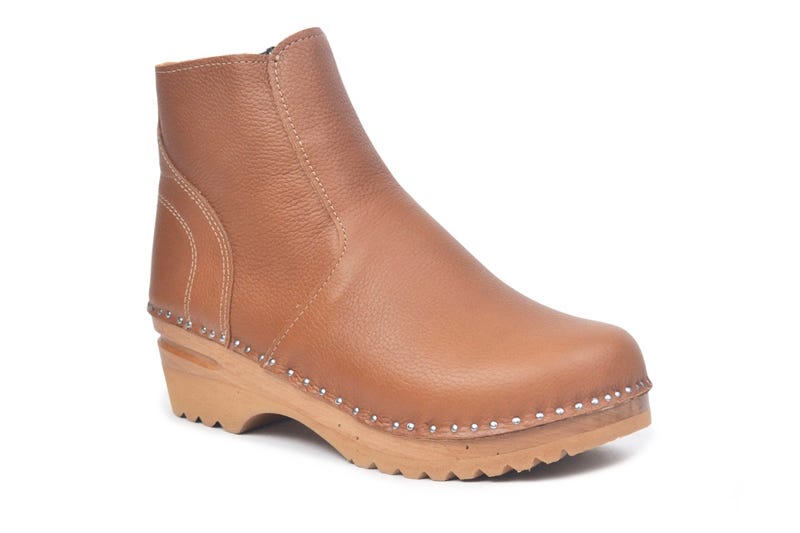History of Clogs
Clogs
have been in use for centuries when they were worn by the peasants and the royalty alike. Peasants used clogs because they were durable,
and offered protection to feet from all kinds of weather and injuries.
The royalty used clogs of various intricate designs and works, made by highly skilled craftsmen, as a fashion accessory. Hence clogs have an important place in history.
Clogs from Sweden
Swedish clogs
are one of the best-received clog variants on the world stage,
primarily because of their build quality and intricate designs which
attract buyers of all ages and demographics. Swedish clogs were first
made in a small town in Southern Sweden called Troentorp, nearly a hundred
years ago, in the 1900s. The establishment of one of the very first
factories of its kind in the town allowed skilled cobblers to put all
their effort and skills into making the best clogs possible, with
quality and durability at the top of the preferences’ list.
One
of the unique aspects of clogs from Sweden is that they are still made using the same materials as used over a hundred years ago, with the only changes being the usage of modern manufacturing techniques and machines.
It is a tradition of Swedish clog makers to pass down knowledge from one generation to next within the family, so as to keep the manufacturing secrets and quality constant. Most clog making factories are family
owned, which have been around for a long time.

Features of Swedish Clogs
Swedish
clogs pride on their high quality and retro-designed clogs which are synonymous with their values and tradition. Some of the design and
manufacturing aspects of Swedish clogs are as follows:
- Swedish clogs use natural wood made of alder wood, which is unvarnished. Alder wood has moisture absorbing features, which help keep the feet dry and odor-free for long hours.
- The hides used in uppers are prepared from the best quality raw materials and are wet-lasted for extra durability and comfort.
- Many of the clogs come with padded insteps for extra support. They come in mostly two variants; padded insteps and clogs with adjustable straps and laces.
- Swedish clogs are made of nails instead of staples to lead them to their characteristic looks.
- All Swedish clogs are designed with comfortable bottoms and bases with weight distribution in mind along with foot support. All of them have thick soles for ideal comfort and perfect fitting.
No comments:
Post a Comment